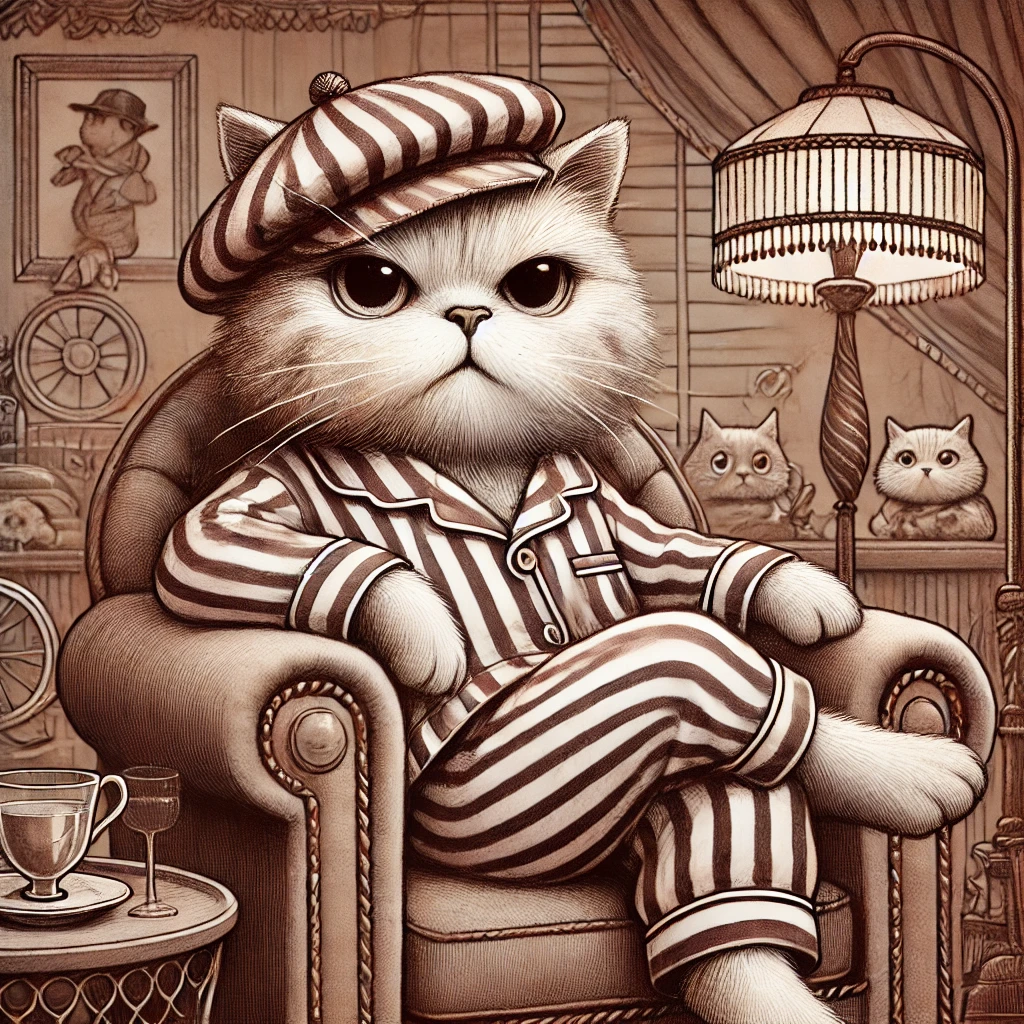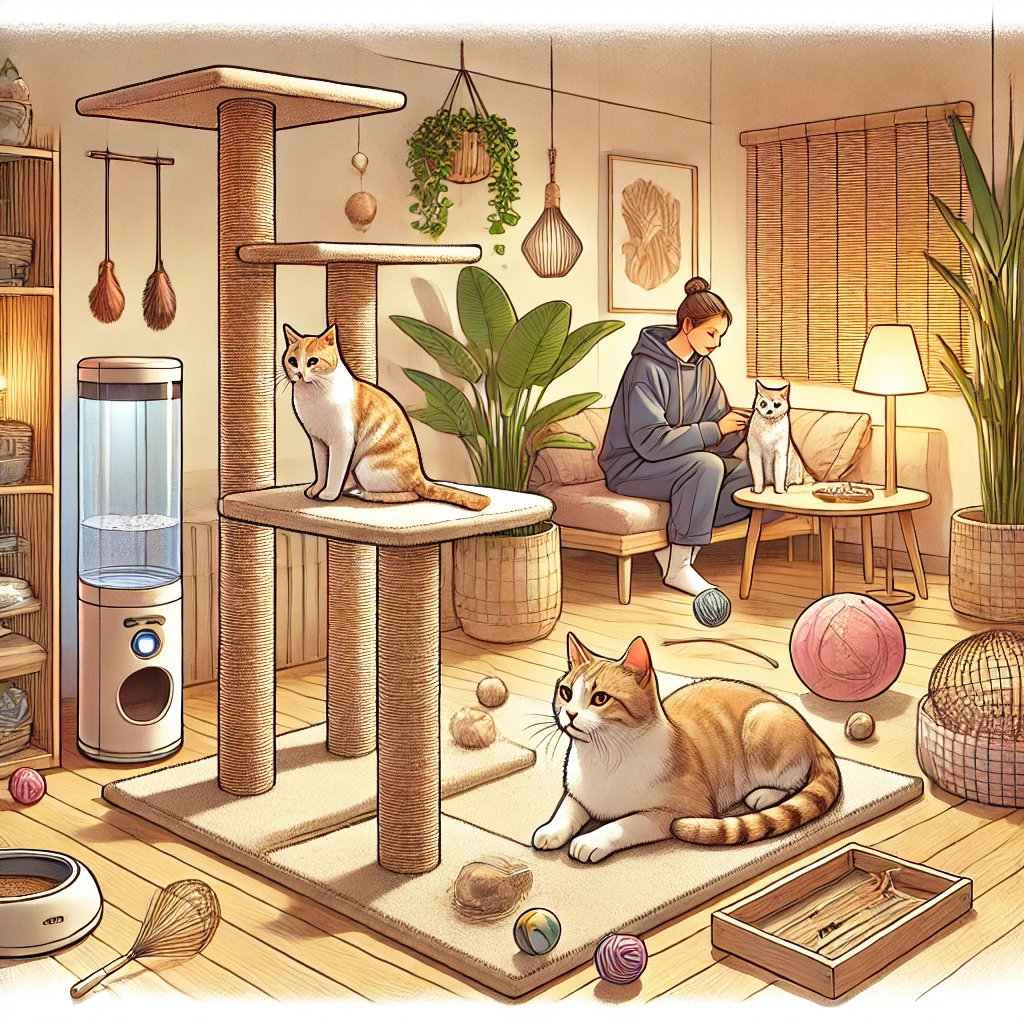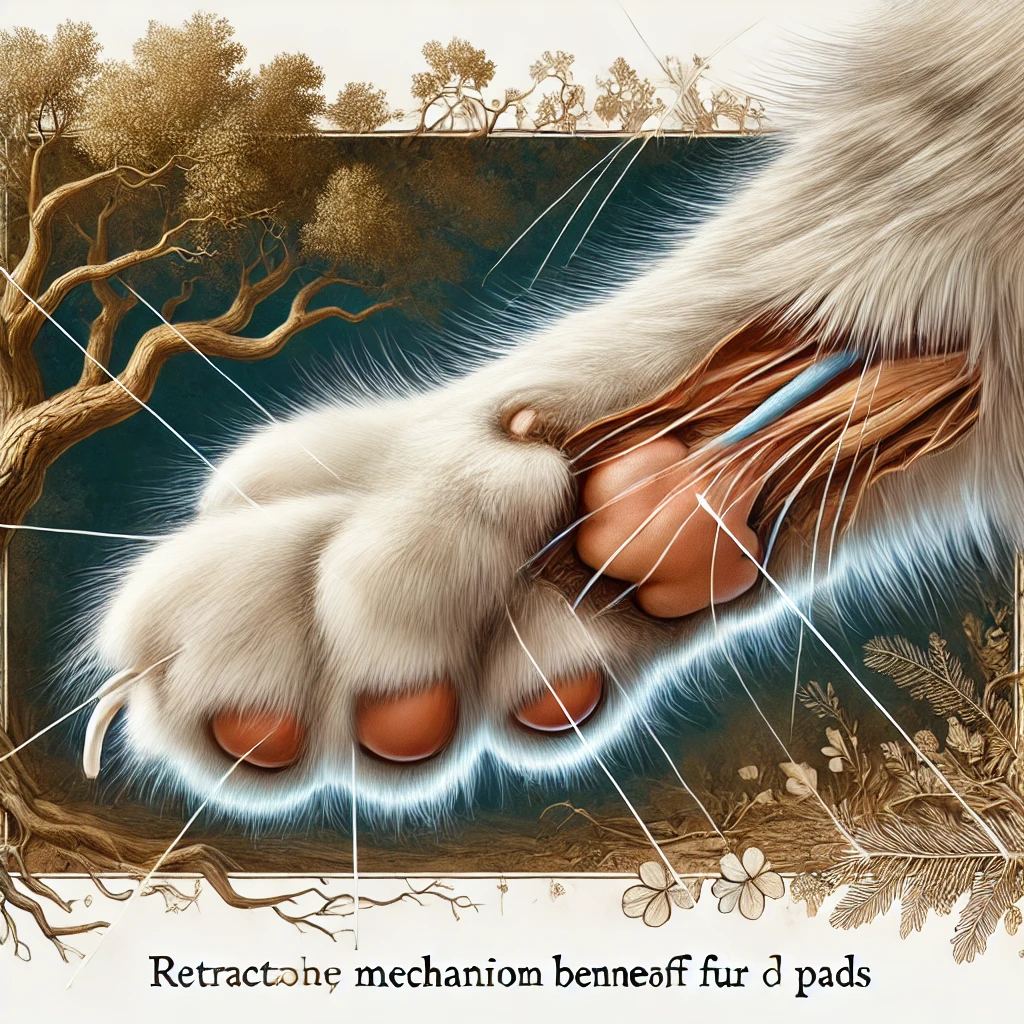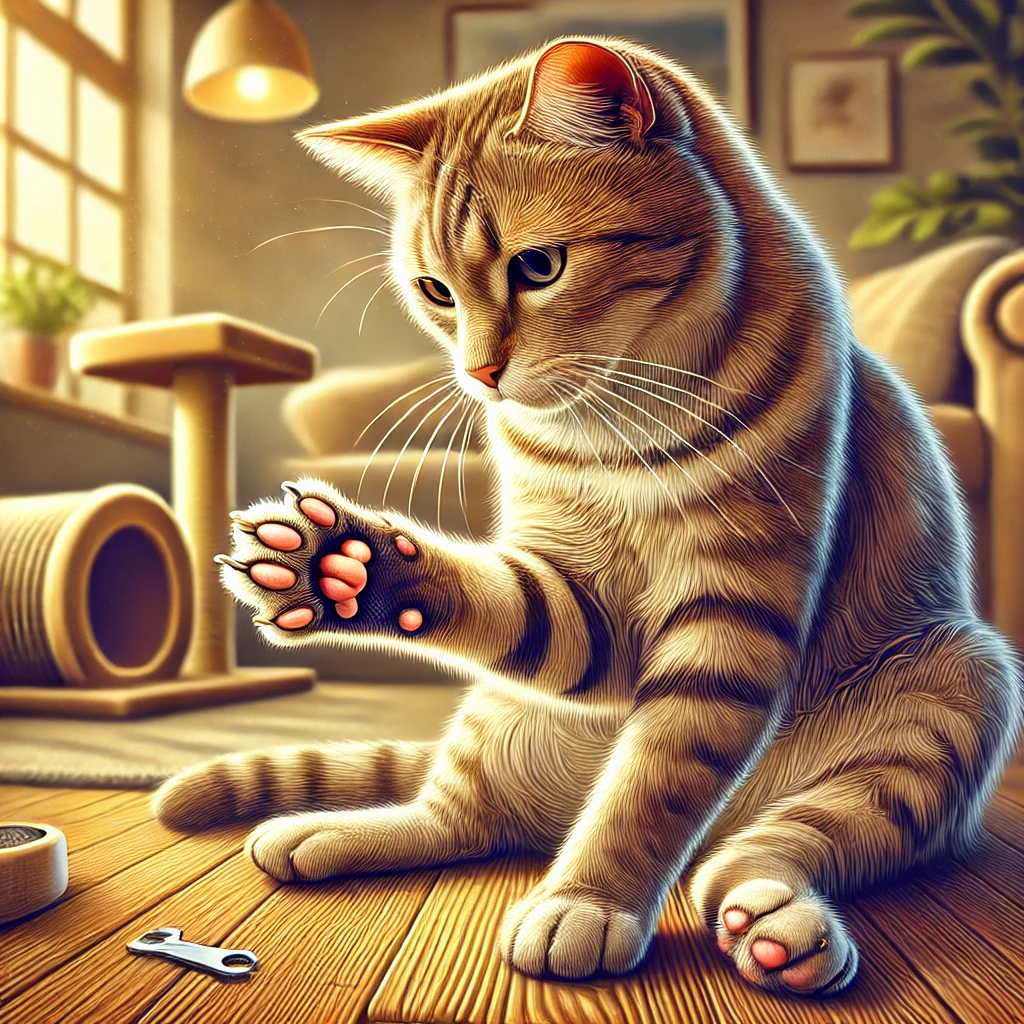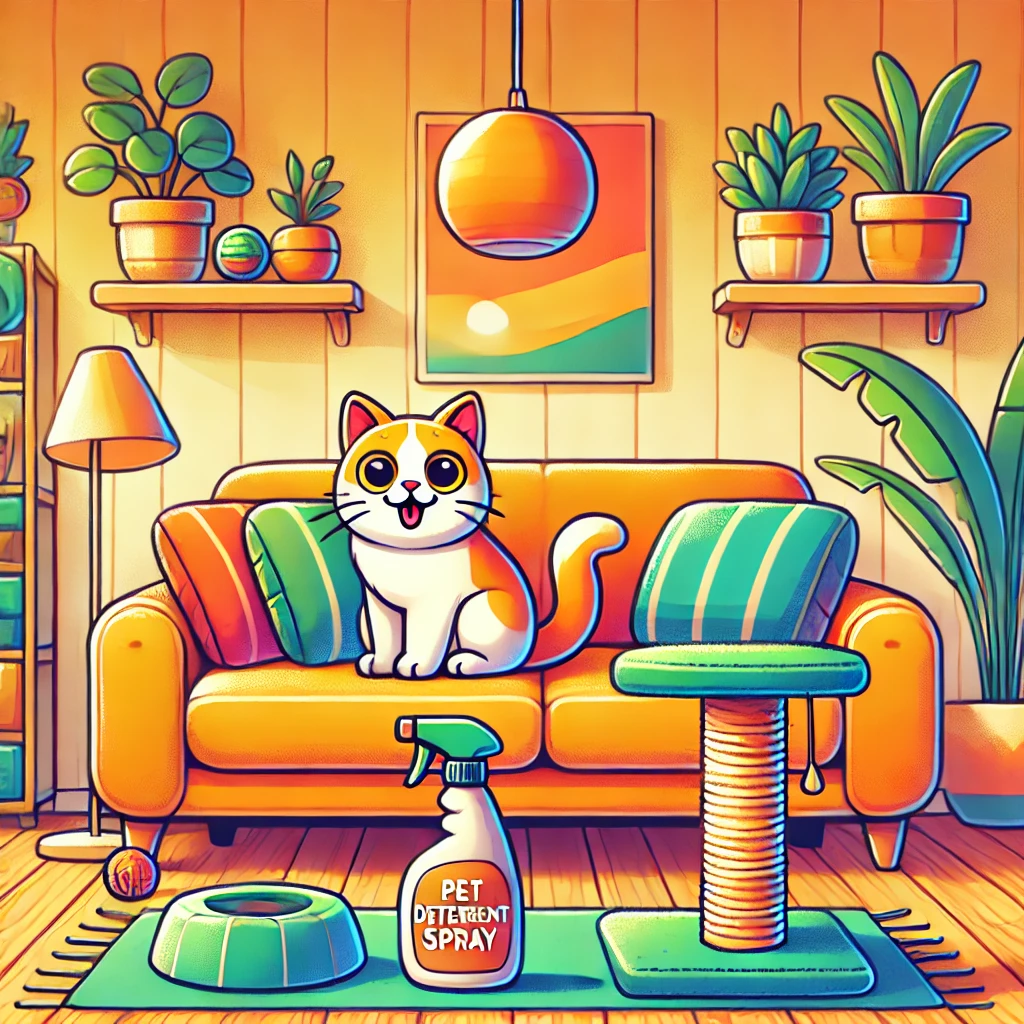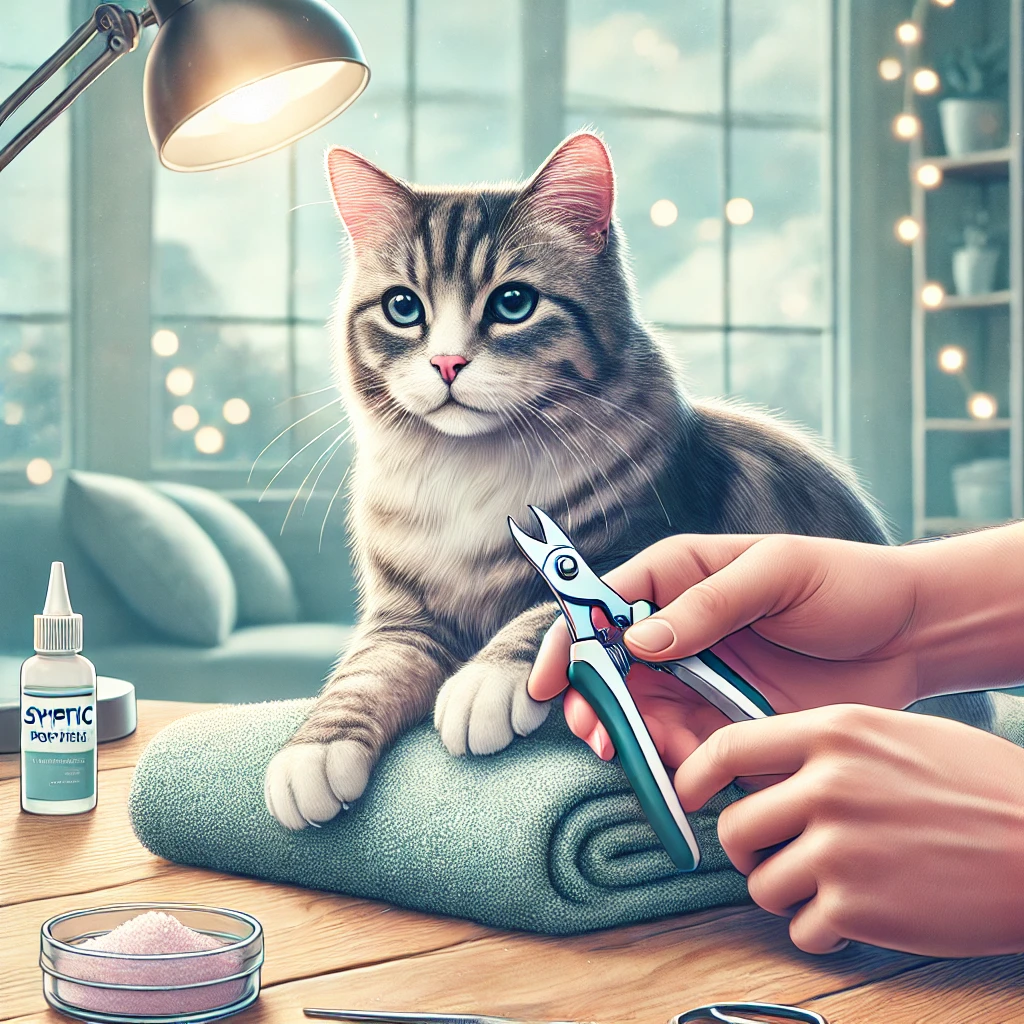From the Roaring Twenties to Today: Is ‘The Cat’s Pajamas’ Still in Style?
Part 1: The Birth of an Iconic Expression
The Roaring Twenties marked a vibrant and transformative era in American history. This period was defined by its dynamic culture, artistic expression, and an embrace of new social norms. One phrase that encapsulates the exuberance of the time was “the cat’s pajamas.” It was an expression that conveyed something or someone extraordinary, unique, or the best of its kind. The phrase became so ingrained in popular culture that it became synonymous with the lavish, fast-paced lifestyle of the Jazz Age.
The origin of “the cat’s pajamas” is often traced to the early 1920s when a variety of similar expressions popped up in slang. “The cat’s meow” and “the bee’s knees” were among other phrases that followed the same structure, all of which sought to describe something of high quality or excellence. The phrase itself had a particular charm that captured the spirit of the time — a time when society was breaking away from traditional values and embracing a new era of freedom and fun.
The phrase “the cat’s pajamas” evokes a sense of refinement and elite status. In a time when fashion, jazz, and speakeasies defined youth culture, the term implied a sense of individuality and sophistication. It was the phrase of the day used by flappers and jazz musicians, symbolizing not just an object of admiration, but a lifestyle that rejected the constraints of the past. In many ways, the phrase became a linguistic symbol of the newfound confidence that permeated the era.
Cultural Context of the Roaring Twenties
The Roaring Twenties were an era of dramatic cultural change, and language reflected this transformation. It was a period of economic prosperity, often referred to as the “Jazz Age” because of the music that dominated the time. The era was also marked by Prohibition, the rise of organized crime, and the increasing liberation of women, all of which contributed to the creation of new slang that defined the period.
One of the defining aspects of this decade was the flapper movement, where women began to embrace more liberal attitudes toward fashion, sexuality, and independence. This cultural shift prompted a language evolution, with phrases like “the cat’s pajamas” capturing the essence of that change. The phrase implied something that was at the pinnacle of style, often used to describe a person or object that was deemed superior to the norm. The term was applied to everything from clothing to personalities and even new technologies, reflecting the period’s penchant for celebrating progress and the pursuit of novelty.
Jazz, too, played a pivotal role in influencing the language of the time. Jazz musicians often used playful and creative terms to describe their music and the lifestyle that surrounded it. The language of jazz was infused with a sense of liberation, and it allowed for slang phrases to thrive. The phrase “the cat’s pajamas” fit perfectly within this framework, as it added to the growing lexicon of the Jazz Age, allowing individuals to express their admiration for the new and the exciting in the simplest of terms.
In fact, the phrase became so popular that it spread across the country, being used by both the elite and the working class. From the glitzy nightlife of New York City to the small-town diners of the Midwest, “the cat’s pajamas” found a place in everyday conversation. People from all walks of life embraced the expression, signifying just how ingrained the phrase had become in American culture.
Fashion and the Influence of “The Cat’s Pajamas”
When considering the phrase “the cat’s pajamas,” it’s impossible not to draw a connection to the fashion of the Roaring Twenties. The fashion of the time was marked by an emphasis on extravagance, freedom, and bold statements. The term “the cat’s pajamas” was often used to describe the pinnacle of fashion — the latest styles that captured the imagination of the public.
Flappers, in particular, were known for their unique and rebellious approach to fashion. They wore shorter skirts, bobbed their hair, and embraced a more androgynous style that challenged the traditional ideals of femininity. Dresses were often adorned with fringe, beads, and sequins, reflecting the playful and carefree attitude of the time. Men’s fashion was similarly bold, with well-tailored suits, fedoras, and slicked-back hair becoming the standard. The phrase “the cat’s pajamas” could easily be applied to these high-end fashion choices, as they represented the best and most desirable trends of the time.
The phrase also had an association with luxury and refinement. Items that were considered the best, like the latest in high-end accessories, often carried the label of being “the cat’s pajamas.” This extended beyond clothing into products like cars and household items. In a society that was enamored with new technology and luxury goods, the phrase encapsulated the desire for all things top-tier, and it reflected a new class of consumers eager to show off their social status and wealth.
The Enduring Appeal of “The Cat’s Pajamas”
As the decade progressed, the Roaring Twenties eventually came to an end with the onset of the Great Depression. However, phrases like “the cat’s pajamas” had already embedded themselves deeply in the American lexicon. Their association with a period of carefree opulence and vibrant social change ensured their continued relevance in the cultural memory of the nation.
While the Jazz Age itself may have faded into history, the influence of the era’s language and style lived on. Expressions such as “the cat’s pajamas” were preserved in the collective memory, later surfacing in popular media, literature, and music. Despite the hardships of the subsequent decades, the legacy of the Roaring Twenties continues to shape modern pop culture, with references to the phrase still appearing in contemporary dialogue.
In modern times, while the phrase itself may not be in common everyday use, it still holds a nostalgic charm. The phrase serves as a reminder of a time when style, music, and culture came together to form a unique and unforgettable chapter in history. For those interested in the evolution of language, “the cat’s pajamas” serves as a cultural artifact, a piece of linguistic history that remains a symbol of a bygone era. But as times have changed, so too have the meanings and uses of such expressions, leaving one to wonder whether “the cat’s pajamas” still holds the same place in modern vernacular.
The Phrase’s Longevity and Shift in Popularity
As decades passed and society evolved, so too did the popularity of the phrase “the cat’s pajamas.” What began as a fashionable expression during the Roaring Twenties gradually lost its widespread usage but never completely faded from cultural consciousness. The journey of the phrase — from its roaring heyday to its place in modern speech — reveals how language changes and how the influences of the past continue to shape contemporary culture.
In the 1930s and 1940s, as the world grappled with the effects of the Great Depression and World War II, expressions like “the cat’s pajamas” began to slip from mainstream use. The economic challenges of the time and the more somber national mood didn’t leave much room for the carefree exuberance that had characterized the Jazz Age. Yet, even as new slang emerged, many of the expressions born in the 1920s remained embedded in American English, albeit in a more nostalgic, retro sense.
The Post-World War II Era: A New Era of Expression
Following World War II, the 1950s ushered in an era of economic prosperity and social conservatism in the United States. The country was rebuilding, families were growing, and the cultural landscape was shaped by a different set of values than those seen during the Roaring Twenties. This shift led to a new vocabulary, reflective of the more restrained and traditional attitudes of the time. The jazz-infused slang of the 1920s seemed distant as new forms of entertainment, such as rock ‘n’ roll, television, and Hollywood films, became dominant in shaping popular culture.
In the 1950s and 1960s, new expressions and phrases began to surface, ones that aligned with the attitudes of the time. “Cool,” “groovy,” and “far out” were the popular terms that resonated with the youth culture, many of whom sought to rebel against the mainstream values of their parents. The phrase “the cat’s pajamas” was no longer in active circulation, though it occasionally made an appearance in nostalgic references to the past.
During this period, “the cat’s pajamas” was often associated with an earlier time, rather than used as a fresh expression. While it had been emblematic of the exuberant Jazz Age, it now seemed somewhat quaint and outdated. However, like many elements of the 1920s, it did not disappear entirely. In fact, its occasional appearance in books, films, and TV shows served to highlight the cultural distance between the carefree days of the Jazz Age and the more conservative 1950s and 1960s.
The 1970s and 1980s: A Revival of Interest in the Past
By the time the 1970s arrived, there was a notable resurgence in the public’s interest in the 1920s. This period marked a renewed cultural fascination with the past, fueled in part by the counterculture movement, the sexual revolution, and a desire for a return to the carefree attitudes that had characterized earlier generations. Films like The Great Gatsby (1974) and the general revival of the Art Deco style brought the 1920s back into the mainstream, creating an opportunity for old slang phrases like “the cat’s pajamas” to reenter popular discourse, albeit in a more tongue-in-cheek or retro context.
This era saw an increasing awareness of the linguistic and cultural shifts that had occurred over the previous decades. In many ways, the 1970s and 1980s served as a bridge between the past and present, a time when older expressions were rediscovered and reinterpreted for a new generation. The phrase “the cat’s pajamas” became a humorous, nostalgic reference — a way to evoke the spirit of a more glamorous and carefree time. Its revival was not as a central element of the language of the day but rather as a playful nod to a bygone era.
The 1990s and Early 2000s: “The Cat’s Pajamas” in Popular Media
As the 1990s and early 2000s arrived, “the cat’s pajamas” became more of a cultural curiosity. This period saw the rise of the internet and digital communication, which accelerated the evolution of language. Slang terms were no longer restricted to particular regions or social circles but could spread rapidly through online forums, chat rooms, and social media platforms. The phrase, however, was still regarded with a sense of historical charm and almost theatrical flair.
In popular media, the phrase found its way into television shows, movies, and even advertisements, often used ironically to play up its outdated nature. Characters in sitcoms and dramas might use it to exaggerate the old-fashioned or charming qualities of certain situations or individuals. Its inclusion in such contexts helped to preserve the phrase in the collective memory, while also transforming it into something whimsical, almost endearing.
The phrase also appeared in books and music, often evoking the glamorous jazz era as a symbol of a lost, more carefree time. In literature, “the cat’s pajamas” was occasionally referenced to give a character a certain flair or to suggest a whimsical attitude. Its inclusion in pop culture pieces from this era was a way of signaling the passage of time, as well as offering a moment of fun or light-hearted nostalgia.
Modern Day: Nostalgia Meets New Fashion
Today, the phrase “the cat’s pajamas” is far from common in everyday speech, but its legacy continues. With the rise of vintage fashion and the growing trend of retro aesthetics, expressions like “the cat’s pajamas” have once again found a place in modern culture. The cyclical nature of fashion and trends means that what was once considered “old-fashioned” often makes a comeback in new and exciting ways. For instance, vintage and flapper-inspired fashion styles have reemerged in modern times, and with them, the language that accompanied that period.
Fashion cycles are cyclical, and as vintage style becomes more mainstream, so does the language associated with it. In the 2020s, with a renewed interest in the aesthetics of the 1920s and 1930s, “the cat’s pajamas” is starting to find a place in modern speech, albeit as a nostalgic or tongue-in-cheek reference. In the fashion world, it might be used to describe something that is not just stylish but whimsical, fun, and a bit over the top — in line with the exuberant spirit of the Jazz Age.
The phrase has also found new life in the digital age, with memes and internet culture giving it new interpretations. Social media platforms like Twitter, Instagram, and TikTok provide a space for people to share their own renditions of the past, often incorporating old phrases like “the cat’s pajamas” into modern jokes or cultural commentary. This new usage keeps the phrase alive and relevant, even as it continues to evoke a sense of past sophistication and playfulness.
The Enduring Legacy of ‘The Cat’s Pajamas’
Despite its fluctuating popularity, the enduring appeal of “the cat’s pajamas” lies in its timelessness. As a product of the Roaring Twenties, the phrase encapsulated the joys of that era — exuberance, luxury, and a sense of breaking free from tradition. While its use has evolved, its original connotations of excellence, uniqueness, and flair have remained intact.
Even today, the phrase holds an almost mythical place in the collective imagination, representing an era that was larger than life. Whether used seriously or ironically, “the cat’s pajamas” continues to symbolize the spirit of a time when society embraced change, celebrated creativity, and relished in the excitement of the moment. As we look back on its journey, one thing remains clear: “the cat’s pajamas” may not be the most common phrase in modern parlance, but its cultural legacy remains as vibrant and enduring as ever.
The Evolution of Language and ‘The Cat’s Pajamas’ in Contemporary Culture
The transformation of language is a constant process, influenced by a variety of factors such as societal changes, technological advancements, and cultural shifts. As we move further into the 21st century, the way people use language has evolved dramatically. The phrase “the cat’s pajamas” serves as a perfect example of how expressions from the past can morph and adapt to fit the changing times. This part of the article explores how “the cat’s pajamas” has continued to shape modern communication, while reflecting the ways in which other expressions have also undergone similar transformations.
In modern times, language is often a reflection of global interconnectedness, social movements, and advancements in technology. The speed at which words and phrases spread is faster than ever before, and language has become increasingly fluid, influenced by pop culture, memes, and online trends. Expressions from the past, including “the cat’s pajamas,” now live on through a mix of nostalgia, irony, and creative reinterpretation. The revival of older phrases speaks to the cyclical nature of language, where what was once old-fashioned can become new again, especially when it aligns with current cultural trends.
The Role of Pop Culture in Reviving Old Phrases
Pop culture has always played a significant role in reviving past expressions. For instance, phrases like “the cat’s pajamas” often appear in movies, television shows, and advertisements, usually with a playful or ironic twist. The use of such phrases allows creators to tap into the collective nostalgia of their audiences, offering a moment of familiarity amidst contemporary content.
One of the most significant ways “the cat’s pajamas” has remained relevant in modern times is through its appearance in films and TV shows that celebrate or satirize the past. Movies set in the 1920s, such as The Great Gatsby (2013), draw upon the glamor and excitement of the Jazz Age, and phrases like “the cat’s pajamas” make their way into the dialogue as part of the historical accuracy of the setting. In these cases, the phrase is used not just as a linguistic artifact but as a way to immerse the audience in the exuberant culture of the 1920s.
Television shows and films from later decades, particularly those that focus on retro aesthetics or historical themes, continue to revive expressions like “the cat’s pajamas.” The adoption of such expressions can serve as both an homage to a bygone era and a subtle commentary on the present. For example, a modern character who uses “the cat’s pajamas” might do so as a nod to the classic style of an earlier period, while also highlighting their own sense of individuality and flair. In this context, the phrase serves a dual purpose: it reminds viewers of the past while simultaneously enhancing the character’s personality or reinforcing the show’s setting.
Similarly, the growing trend of retro-inspired fashion and art has contributed to a renewed interest in expressions like “the cat’s pajamas.” The revival of Art Deco design, flapper-inspired clothing, and jazz music has brought the 1920s back into the cultural spotlight. As people embrace these vintage elements, they often adopt the language associated with the era as part of the overall aesthetic. In this sense, “the cat’s pajamas” has evolved from being a dated term into a symbol of retro-chic sophistication, adding depth and authenticity to modern depictions of the Jazz Age.
The Influence of the Internet and Social Media
In the age of the internet, language has undergone significant changes, with new phrases and memes constantly emerging. The rapid spread of slang across social media platforms such as Twitter, Instagram, and TikTok has led to a blending of modern and older expressions. “The cat’s pajamas” may not be as commonly used in everyday speech, but the internet has breathed new life into it, as it has with many other retro phrases.
The internet often works by taking older expressions and applying them in new and humorous ways. Memes, in particular, have become a key vehicle for reviving outdated phrases. “The cat’s pajamas” might be used ironically in a meme to highlight something overly extravagant or out of place in the modern world. This ironic use of language is part of the internet’s tendency to poke fun at older expressions while simultaneously keeping them alive through playful reinterpretation.
Moreover, the growing trend of internet-based nostalgia has led many to look back at previous decades with a sense of fondness and humor. The 1920s, in particular, has become a popular subject of nostalgic memes, and “the cat’s pajamas” is often cited in these posts as a way of referencing the carefree and extravagant lifestyle of the Jazz Age. In these settings, the phrase is typically used to describe something that is impressively stylish or luxurious, often with a touch of irony, signaling that the user appreciates the term’s vintage flair while also acknowledging how out-of-place it might seem today.
Additionally, YouTube and TikTok influencers, who often embrace themes of nostalgia and vintage aesthetics, use older phrases like “the cat’s pajamas” to convey their love for past eras. In this space, the phrase is frequently employed as part of a broader embrace of “old-fashioned” charm, as influencers curate content that celebrates fashion, music, and art from the past. The influence of social media culture has allowed phrases like “the cat’s pajamas” to evolve, making them more accessible to a younger, tech-savvy generation that may not be familiar with the phrase’s origins but uses it to connect with a retro, cool vibe.
Reinterpretation of ‘The Cat’s Pajamas’ in Modern Speech
While “the cat’s pajamas” might not be a phrase that everyone uses regularly, its continued existence in the lexicon speaks to the way language adapts and survives over time. Modern interpretations of the phrase often focus on its playful, whimsical qualities, rather than its original meaning of excellence or sophistication. Today, people might use “the cat’s pajamas” to describe something or someone that stands out for being unique, quirky, or fun, rather than simply the best.
For example, in contemporary speech, someone might refer to a unique piece of art or an unconventional fashion choice as “the cat’s pajamas,” signifying that it’s remarkable in its individuality. In this sense, the phrase has taken on a more inclusive meaning, highlighting creativity and originality as qualities worthy of admiration. This reinterpretation of the phrase also reflects modern values, where diversity and expression are celebrated, and where standing out from the crowd is often seen as a positive trait.
The phrase also has a place in the world of branding and marketing. Companies, particularly those with a vintage or retro branding style, have embraced “the cat’s pajamas” to promote their products in a way that taps into the zeitgeist of nostalgia. By adopting the phrase in advertising, brands can align themselves with a sense of timelessness, playfulness, and quality that evokes the grandeur of the Jazz Age while maintaining relevance in the present day. It’s not just a nostalgic reference; it’s a strategic tool for creating a distinctive, memorable identity in a crowded marketplace.
The Enduring Appeal of a Bygone Era
Despite the shifting contexts and reinterpretations, the enduring appeal of “the cat’s pajamas” lies in its connection to a time of cultural innovation and artistic freedom. The phrase remains a reminder of an era that was marked by daring style, social change, and a sense of boundless possibility. As modern society continues to evolve, the cultural relevance of the 1920s — and phrases like “the cat’s pajamas” — continues to resonate with those who find inspiration in the past.
In a way, the evolution of the phrase mirrors the continuous reinvention of language itself. Just as words and expressions grow and change with each generation, “the cat’s pajamas” has endured by adapting to the needs and tastes of contemporary culture. It remains an expression that encapsulates a sense of style, flair, and joy — qualities that will always find a place in language, no matter the era.
The Future of ‘The Cat’s Pajamas’ and Its Cultural Relevance
As we continue to navigate the complexities of modern society, one thing becomes clear: language is constantly evolving. New expressions rise to prominence while old ones fade, but some terms endure, either by evolving into something new or by preserving their original charm. “The cat’s pajamas” is one such phrase, having withstood the test of time and maintained a cultural relevance that transcends generations. But what does the future hold for this quirky expression? As we reflect on its journey from the exuberant Roaring Twenties to its playful appearances in contemporary culture, we must consider how language, trends, and societal shifts will continue to shape its use in the years to come.
The Role of Nostalgia in the Future of Language
Nostalgia has always been a powerful force in shaping culture, particularly when it comes to language. In recent years, there has been a notable resurgence of interest in vintage and retro trends, not only in fashion but also in music, art, and even language. This cultural shift towards nostalgia, particularly in a time marked by rapid technological advancements and societal change, has led to a renewed appreciation for the past. The 1920s, with its distinct fashion, music, and attitudes, holds a special place in this nostalgic landscape, and phrases like “the cat’s pajamas” have found new life in this context.
As modern generations seek to reconnect with a time that represents freedom, creativity, and exuberance, expressions from that era will continue to play a role in shaping the cultural fabric of the future. The phrase “the cat’s pajamas” may not be a common part of everyday speech, but it remains a nostalgic relic of a bygone era — one that can be resurrected by those who are drawn to the style and spirit of the 1920s.
In the future, we may see a further integration of retro slang into popular culture as part of a broader trend toward vintage aesthetics. Whether through fashion, media, or even internet culture, expressions like “the cat’s pajamas” will continue to evoke the glamour and excitement of the Jazz Age. They may be used to convey an appreciation for old-school sophistication or, conversely, to provide a playful contrast to contemporary trends. Whatever the case may be, nostalgia will ensure that such expressions endure, even if they are no longer in common use.
The Digital Age and the Revival of Retro Language
The digital age has accelerated the rate at which old phrases are rediscovered and reinterpreted. Social media platforms like TikTok, Instagram, and Twitter have become fertile ground for language experimentation, where old sayings are given new meaning and relevance. As younger generations, especially Gen Z, turn to vintage styles and retro influences, phrases like “the cat’s pajamas” have the potential to make a comeback.
One of the key factors in the potential revival of such phrases is the viral nature of content on the internet. Memes, hashtags, and viral trends have become the primary way in which new expressions and old terms are shared across the globe. A phrase that might seem outdated in traditional language might be revitalized by a viral trend, giving it new life and meaning. “The cat’s pajamas” could very well find its place in the lexicon of the next wave of digital slang, especially as people experiment with combining old and new language in ways that are both humorous and creative.
The continued prevalence of vintage aesthetics in pop culture — from the rise of retro video games and fashion to the success of period dramas — will further bolster the relevance of phrases like “the cat’s pajamas.” Whether used to describe a particularly stylish outfit, a retro-inspired art piece, or a playful nod to the past, the phrase could once again find itself at the forefront of modern language, adopted and adapted by a new generation that is both nostalgic and forward-looking.
The Evolution of Language in the Context of Globalization
Globalization has made it possible for languages and cultural expressions to travel far beyond their place of origin, creating new spaces for cross-cultural exchanges. In a world where language is increasingly fluid and interconnected, the global reach of the internet has allowed phrases like “the cat’s pajamas” to transcend regional boundaries. What was once a distinctly American expression now has the potential to be adopted by people around the world, particularly as English continues to be a dominant global language.
As globalization continues to shape cultural dynamics, older expressions may be reinterpreted or adapted by different communities, taking on new meanings or resonating with people in unexpected ways. In this context, “the cat’s pajamas” could evolve to reflect a broader, more inclusive definition of what it means to be “stylish” or “unique.” It may transcend its original context and become a global symbol of creative expression and individuality, continuing to evoke the same sense of playfulness that it did during the Jazz Age.
While regional slang will always retain its place in language, the blending of cultures through digital media may bring older expressions into the global spotlight. “The cat’s pajamas” could be embraced by non-English-speaking communities, where its charm lies not in its literal meaning but in its connotations of a carefree, optimistic, and celebratory spirit.
The Enduring Appeal of ‘The Cat’s Pajamas’ in a Changing World
In a rapidly changing world where technological advances, social movements, and global events shape the way people communicate, the phrase “the cat’s pajamas” represents a link to a simpler, more exuberant time. Its lasting appeal is inextricably tied to the spirit of the 1920s — a decade of social upheaval, cultural transformation, and boundless creativity. Despite the challenges and changes of the years since its inception, the phrase has managed to endure, thanks to its evocative power and connection to a unique moment in history.
Even as language shifts and new phrases enter the lexicon, expressions like “the cat’s pajamas” continue to remind us of a time when life was lived with a sense of daring optimism. Its playful nature and associations with fun, sophistication, and individuality will ensure that it remains relevant for years to come, albeit in new and evolving contexts.
Looking to the future, it seems likely that “the cat’s pajamas” will continue to be used — in the digital realm, in pop culture, in the fashion world, and beyond. It may be reinterpreted, reimagined, and reshaped, but its core essence will remain intact. As long as there is a desire to celebrate individuality, creativity, and the joy of standing out, “the cat’s pajamas” will always have a place in our vocabulary.
Ultimately, the phrase’s endurance speaks to the enduring nature of language itself — how words and expressions carry with them not only the weight of their meanings but also the history, culture, and emotion of the times in which they were born. As language continues to evolve, we will no doubt encounter new slang, but expressions like “the cat’s pajamas” will always serve as a reminder that some things, even in the fast-paced world of modern communication, never go out of style.

